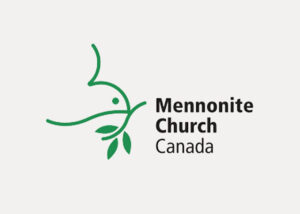In 2017, Mennonite Church Canada put new structures into place based on the work of the Future Directions Task Force (FDTF). Over the last six years, we have been living into the newly imagined structures, with varying degrees of success.
As we have attempted to do this, I have often thought of Jesus’s parable about putting new wine into old wineskins. The metaphor advises that the two are incompatible.
In these last years, leaders have been working with a mix of old and new structures. In some cases we have tried to take what was (old wine), and place it into new processes and structures (new wineskins).
The Future Directions Task Force (FDTF) of pre-2017 envisioned a model that gave congregations a greater voice in the nation-wide church. They anticipated a reduced national staff, with more responsibilities for decision making at the regional and congregational levels. Structural and financial changes were made to enhance the potential of the regions to carry out both the regional and nationwide agenda.
Six years later, we now have a better understanding of what has worked and what has not worked. As a result, the Joint Council will be making some necessary adjustments to the structure while still honouring the direction given to us by the delegate body.
One challenge manifested by the 2017 changes is that regions (and their congregations) struggle with the weight of the decisions that rest upon them. Decision-making can be a slow process. Needs identified at the regional level are brought to Joint Council for discussion, and then returned to the regions for testing before a final decision can be made.
One realistic example: When a need is identified by Indigenous-Settler Relations or International Witness, processes require the decision be discussed at the regional level. The deliberations are then returned to Joint Council for a final decision.
Such scenarios are not uncommon. Some decisions have become encumbered by additional layers of communication and deliberation, a bottleneck the FDTF perhaps did not foresee.
Joint Council values the work that the Future Directions Task Force undertook in identifying challenges with the old structure. Imagining something new takes courage and a willingness to change. However, in six years of working with the 2017 model, it has become clear that a few structural adjustments are needed to streamline some processes. Joint Council is confident such adjustments can be made without compromising the vision that delegates set before us.
Over the next months, Joint Council will consider adjustments that need to be made in order to be a church that continues to live into the vision with which we have been entrusted.
Thank you for your attention to this update.
Geraldine Balzer serves as moderator of Mennonite Church Canada.







Leave a Reply
You must be logged in to post a comment.